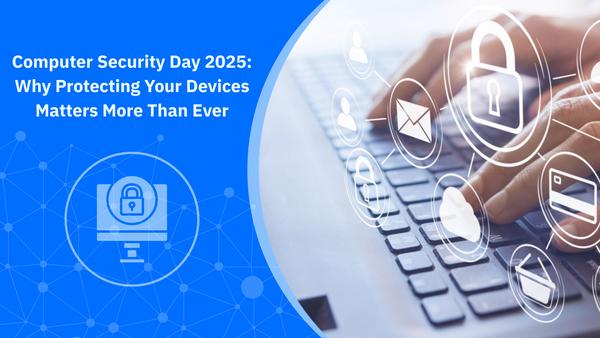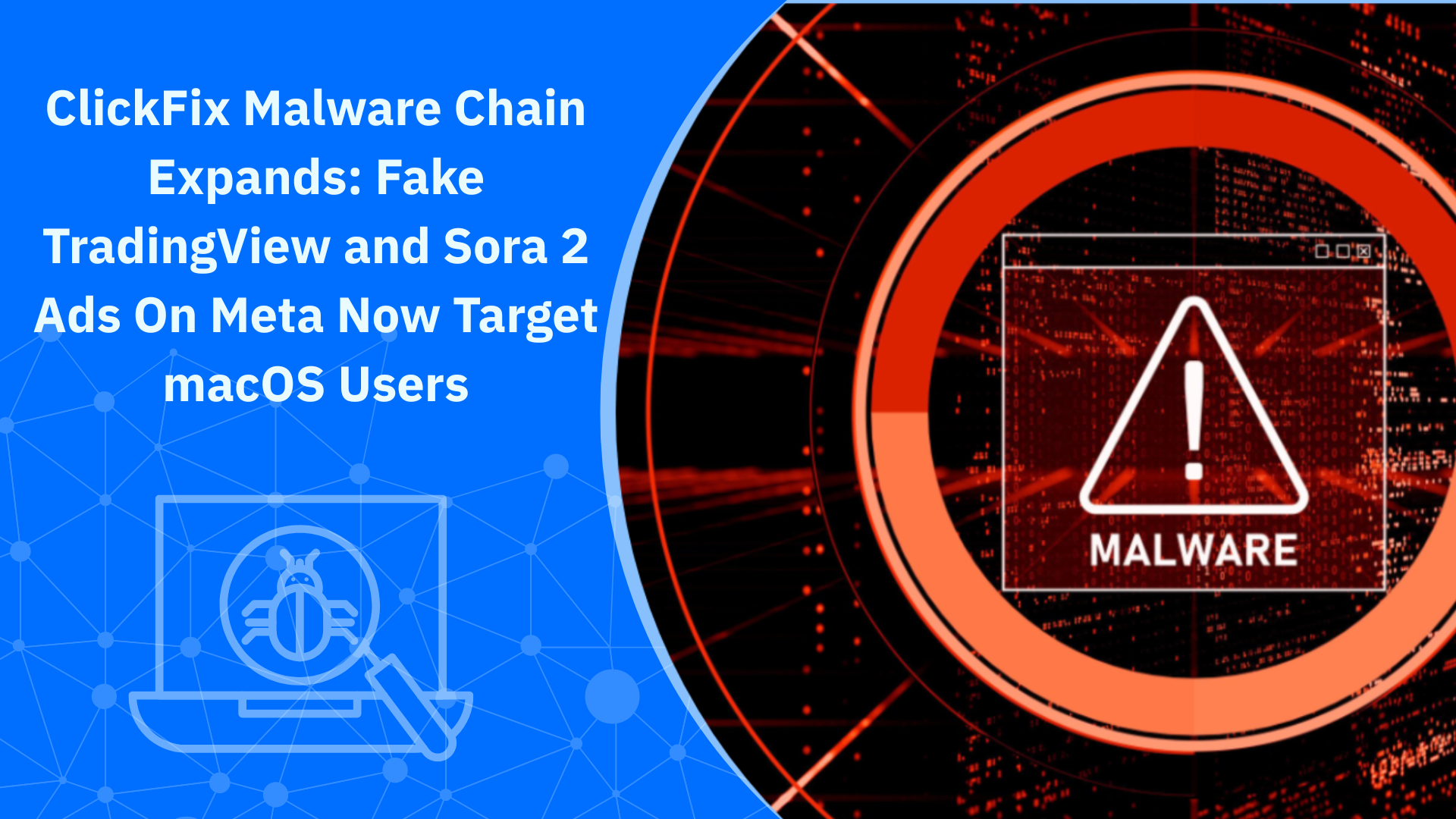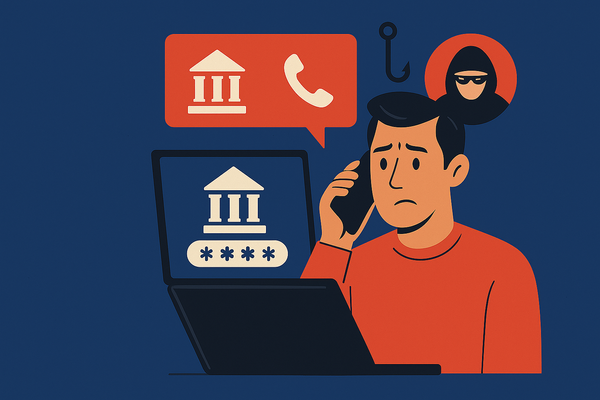Computer Security Day 2025: Why Protecting Your Devices Matters More Than Ever

Computer Security Day, observed November 30, was created to remind people that, as our computers store more personal and professional information, they become more attractive targets for cybercriminals. The more we rely on computers for work, banking, writing, communication, storage, and creativity, the more seriously we need to take security.
Computer security is now essential to protecting our identity, memories, finances, and, in many cases, our entire livelihood.
Our Computers Hold a Lifetime of Personal Data
Today’s computers aren’t just tools for work and navigating the internet. A single device can store:
- Irreplaceable photos and family memories
- Personal diaries, manuscripts, creative work, and drafts
- Tax documents, financial records, and contracts
- Work projects and confidential files
- Passwords and login tokens that unlock accounts
Losing access to any of this information, whether through malware, a scam, or ransomware, can be devastating.
And according to the Bitdefender 2025 Consumer Cybersecurity Assessment Report, 53% of people say financial loss is their biggest fear, while many admit to risky habits like writing down or reusing passwords.
This shows the disconnect between what people value and how they protect it.
More Data Means Bigger Targets for Hackers
As computers and servers accumulate increasing amounts of valuable data, hackers have more incentive to break in. This is why high-profile breaches continue to increase: companies and individuals store enormous amounts of personal, financial, and behavioral information in digital form.
Even a single compromised computer can expose:
- Saved passwords
- Browsing histories
- Personal documents
- Authentication cookies and tokens
- Access to cloud accounts and synced devices
With just one infected device, an attacker can pivot into email accounts, social media profiles, online banking, stored photos, or even your employer’s network.
Why Security Solutions Are Essential to Computer Safety
Built-in protections from operating systems are helpful, but they are not designed to handle modern threats alone. Attackers evolve daily, constantly updating malware to bypass basic defenses.
A strong security solution helps:
- Block malware before it reaches your device
- Detect malicious downloads or links
- Warn you about dangerous websites
- Secure online banking sessions
- Protect your passwords, identity, and financial information
- Stop unauthorized access to your files
- Scan attachments, USBs, and new apps for hidden threats
With remote work, online shopping, AI-powered phishing, and our reliance on cloud services, every computer, including home laptops needs active, real-time protection.
Everyday users can gain simple, effective layers of protection against the threats most likely to target them with solutions like:
- Bitdefender Premium Security
- Bitdefender Digital Identity Protection
- Bitdefender Link Checker
- Bitdefender Scamio
How to Strengthen Your Computer Security Today
1. Update everything
Outdated software creates exploitable openings. Keep your operating system, browser, drivers, and apps up to date.
2. Use unique, strong passwords
Don’t reuse passwords. Even two accounts with the same password doubles your risk. Use a manager to generate and securely store them.
3. Back up your data regularly
Have at least one offline or external backup. This protects your photos, files, and work from ransomware – or hardware issues and device theft.
4. Avoid suspicious downloads
Only download apps or tools from official sites. Avoid cracked software at all costs – it’s one of the biggest malware sources. Additionally, stay wary of premium app downloads promoted via sponsored ads on social media platforms. In the past year, we’ve seen an increase in malicious attacks via malicious ads claiming to provide free access to premium versions of investment, crypto or AI software.
5. Enable multi-factor authentication (MFA)
This adds a critical barrier even if a password is stolen.
6. Protect your browser
Use trusted extensions, disable unnecessary permissions, and be mindful of unfamiliar sites asking for downloads.
tags
Author
Alina is a history buff passionate about cybersecurity and anything sci-fi, advocating Bitdefender technologies and solutions. She spends most of her time between her two feline friends and traveling.
View all postsRight now Top posts
How Kids Get Automatically Added Into WhatsApp Groups with Horrific Imagery Without Consent
November 24, 2025
Scammers Exploit Hype Around Starbucks Bearista Cup to Steal Data and Money, Bitdefender Antispam Lab Warns
November 18, 2025
Scam Alert: Fake Sephora Advent Calendar Ads and WhatsApp Messages Flood Europe in 2025
November 17, 2025
ClickFix Malware Chain Expands: Fake TradingView and Sora 2 Ads On Meta Now Target macOS Users
November 17, 2025
FOLLOW US ON SOCIAL MEDIA
You might also like
Bookmarks






